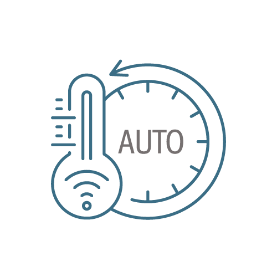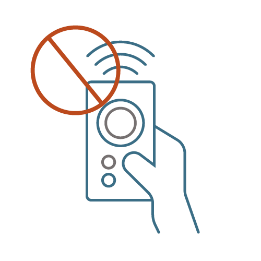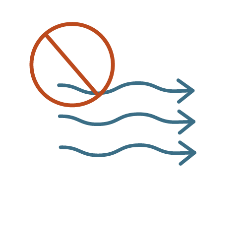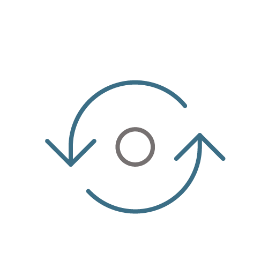Whether you already have a heat pump or are looking to install one, you want to be sure to operate the system correctly for top efficiency. This will not only increase your comfort and energy savings but also increase the longevity of your system. Here are six tips to make the most of your heat pump investment.
Avoid using ‘Auto’ mode.

It is logical to assume setting to ‘Auto’ mode will maximize a heat pump’s operation, but it actually results in the unit unnecessarily toggling between heating and cooling mode. To ensure your heat pump operates most efficiently, put it on either the ‘Heating’ setting or the ‘Cooling’ setting. The ‘Auto Fan’ setting is a different feature and something fine to use.
Do not make frequent temperature adjustments.

Setting different temperatures for day or night is a technique to save energy and costs with furnaces and boilers, but not with heat pumps. Unlike other heating equipment, heat pumps are most efficient when allowed to hold a steady temperature. So, find the right setting and then leave it alone. It is still recommended to set the temperature back if the home is unoccupied for 24 hours or more.
Make sure your existing heating system is turned down.

If you have a dual-fuel heat pump, your heat pump and furnace will have their own thermostats so it is important to make sure the two systems are not competing. Turn down the thermostat for your existing heating system by 10°F or more to transition it to a secondary or backup heat source. Consider adding integrated controls to centralize the thermostats into a single controller. This further minimizes the potential for the two systems to compete and eliminates the need to adjust and maintain two thermostats.
Make your heat pump do the work.

Your heat pump is the energy-efficient option so use it as your primary heating source. Maximize your heat pumps reach by using the highest fan speed to increase air flow and heat distribution. Higher fan speeds will be louder, so pick the fan speed best for your household’s comfort.
Do not fret when your heat pump switches over to your existing heating system.

A switch-over point is the outdoor temperature at which it becomes more expensive to run your heat pump than your existing heating system. If on cold days in the winter you find chilly areas your heat pump is serving, do not be afraid to temporarily turn up the thermostat of your backup heating system. The energy savings from a heat pump over the long-term will offset the higher costs for operating both heating systems for short periods of time.
Maintain your heat pump on a regular basis.

Regular maintenance ensures your heat pump operates at peak efficiency while also increasing the unit’s lifespan. Dust, dirt, pollen, and pet hair can accumulate over time which reduces airflow and makes your system work harder to maintain the set temperature. It is recommended to clean air filters every few weeks depending on how often you are using your heat pump and how quickly dust accumulates in the home. Keep the outdoor unit free of debris by removing leaves or other items restricting air flow, being careful not to bend the fins or cage. It is recommended to hire a qualified professional to service your heat pump every year or two to address additional maintenance items like inspecting and cleaning fan blades and coils, checking voltage and wiring, and running performance tests to ensure accurate temperatures are being delivered during heating and cooling modes.
Follow the tips above to ensure you use your heat pump for maximum efficiency. Learn more about heat pumps in our Heat Pumps 101 blog or find a Trade Ally that can install a heat pump in your home today!